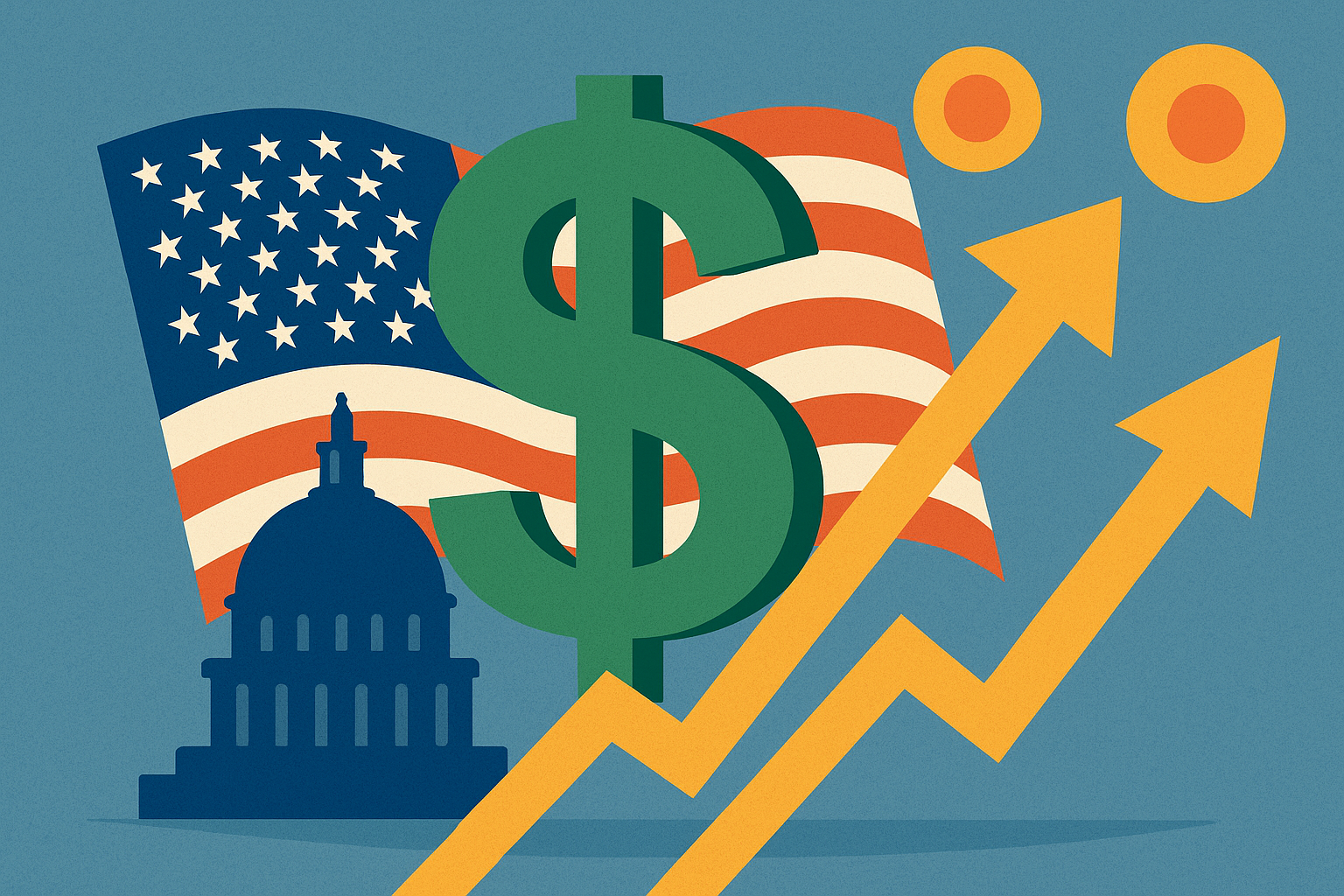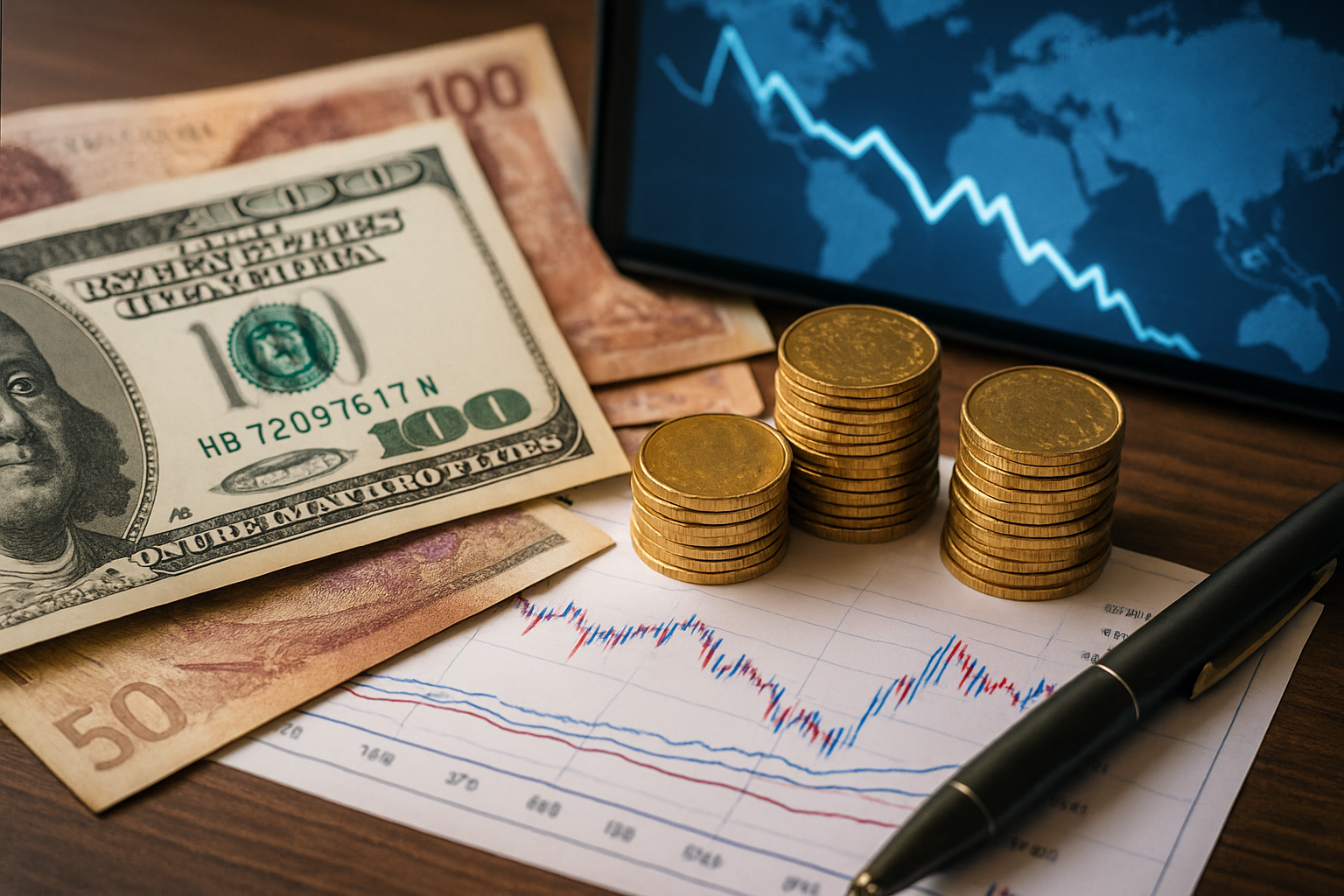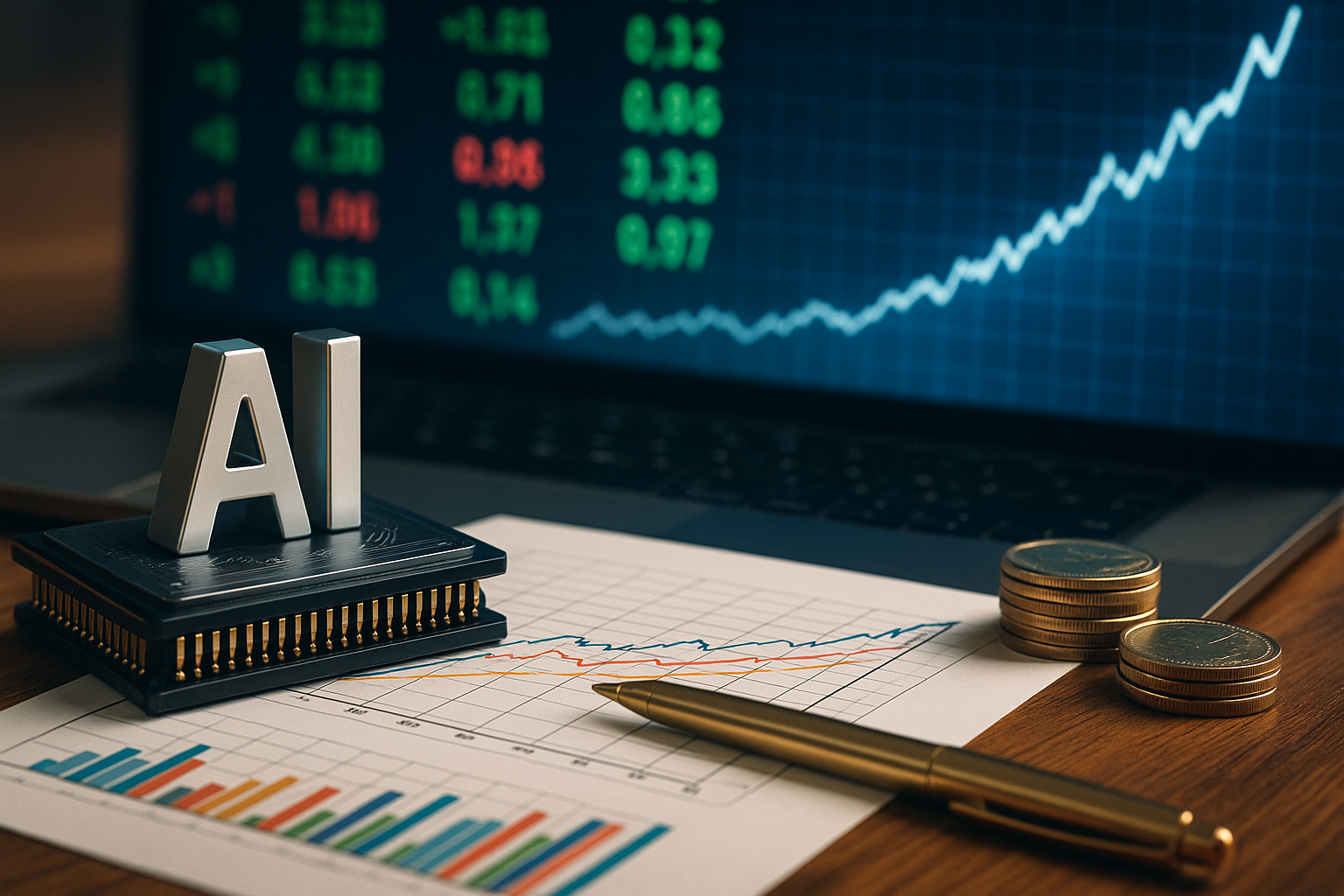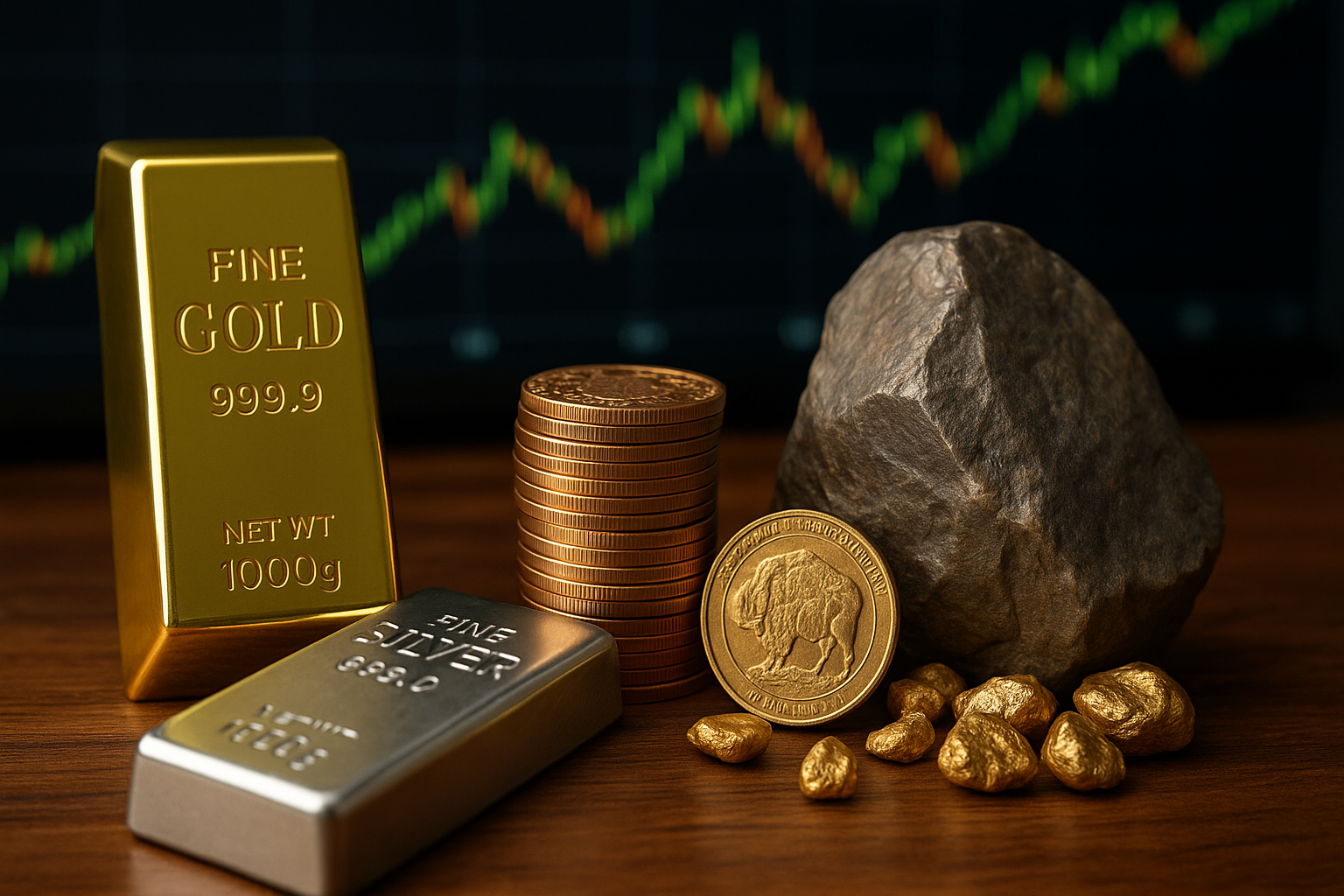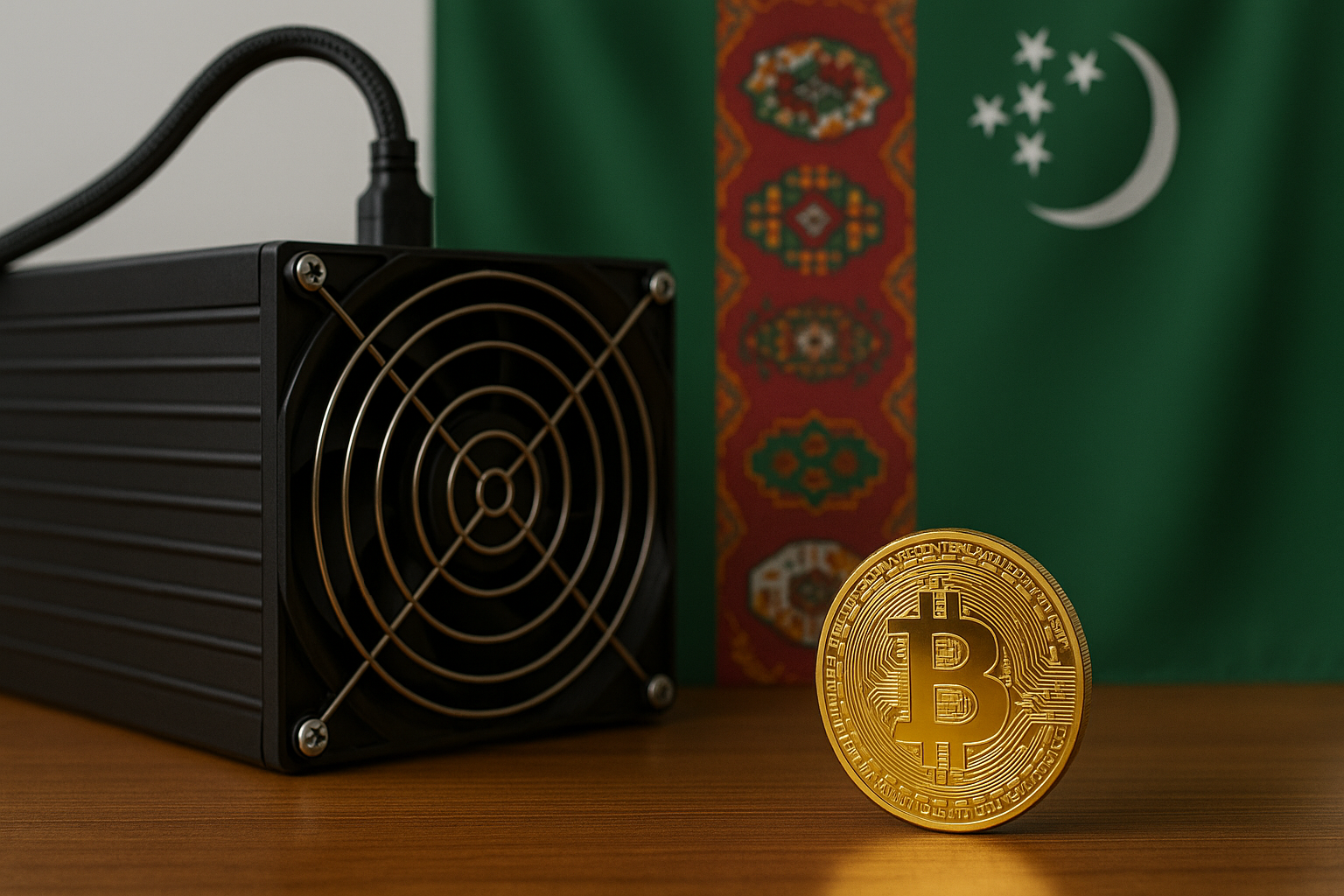The greenback is back in command. Amid a storm of political uncertainty in Europe and Asia and growing speculation about the Federal Reserve’s policy independence, the U.S. dollar is surging to fresh multi-month highs against major currencies — a development that’s sending ripples across global markets and investor portfolios.
According to Reuters, the dollar index climbed above 107, its highest level since early summer, as the euro weakened on French political turmoil and the yen retreated amid renewed intervention chatter from Tokyo. The confluence of political instability and central bank skepticism has investors rebalancing portfolios toward dollar-denominated assets, signaling a renewed “flight to quality” that underscores just how intertwined geopolitics and monetary policy have become in the current macro cycle.
Political Risk Returns as a Market Driver
Markets have grown accustomed to data-driven trading in recent years — but political noise is once again dictating direction. In France, fresh fiscal tensions following the prime minister’s resignation have reignited questions about European debt sustainability, pressuring the euro below $1.05. In Japan, the Ministry of Finance’s warnings of “decisive action” to stem yen weakness have failed to deter speculative selling, pushing the yen past ¥153 per dollar, a level not seen since 1990.
Meanwhile, across the Atlantic, the U.S. government shutdown, now entering its second week, is delaying key economic data releases and raising concerns over fiscal governance. Yet paradoxically, this uncertainty is benefiting the dollar — as investors prefer U.S. liquidity and yield premiums over riskier global alternatives.
“The irony is that even U.S. dysfunction tends to favor the dollar,” notes Jane Foley, FX strategist at Rabobank, in a statement to Reuters. “As long as Treasury yields remain elevated and global uncertainty rises, the dollar’s role as the world’s reserve currency remains intact.”
Why This Matters for Investors
The dollar’s strength carries wide-ranging implications. A stronger greenback generally tightens global financial conditions, particularly for emerging markets that borrow in dollars. Countries with weak fiscal or political foundations — including several in Asia and Latin America — could face capital outflows and higher import costs.
For multinational corporations, the FX impact cuts both ways. Export-heavy U.S. firms may see margin compression as overseas revenues translate into fewer dollars, while import-reliant sectors such as retail and manufacturing may benefit from cheaper foreign goods.
Meanwhile, the commodities complex — especially gold, oil, and industrial metals — is feeling the squeeze. Gold briefly touched $4,000/oz earlier this week before retreating, while oil prices softened below $80/barrel, reflecting the dollar’s inverse relationship with commodity valuations.
For investors, the renewed strength of the dollar signals a shift in risk appetite. The market’s current preference for safe-haven assets and U.S. liquidity may persist until political tensions in Europe and Japan stabilize, or until U.S. data clearly points toward an easing cycle by the Fed.
Central Bank Credibility Under the Microscope
Beyond politics, a quieter yet equally potent factor is weighing on currency markets: the question of central bank independence. Analysts note that rising political interference — particularly in the U.S. and Japan — has investors questioning whether monetary policy decisions are being made on purely economic grounds.
The Bank of England also warned this week that global equity markets could face a “sharp correction” if investor confidence in AI-driven growth or central bank credibility falters. This linkage between politics and monetary trust highlights the fragility of the current risk-on sentiment dominating equity markets.
Bloomberg reports that hedge funds are now ramping up positions in the dollar, betting that central banks outside the U.S. will be forced to intervene or pivot policy faster than Washington — further solidifying the dollar’s near-term dominance.
Future Trends to Watch
- Emerging-Market Stress: Watch for capital outflows and rising yields in frontier economies sensitive to dollar strength.
- Corporate FX Headwinds: U.S. earnings reports this quarter may reveal widening FX translation losses for tech, industrials, and consumer goods firms.
- Central Bank Coordination: Any coordinated intervention (such as a G7 yen-support agreement) could temporarily soften the dollar, though underlying demand for USD liquidity remains strong.
- Commodities and Crypto: Dollar-denominated assets, particularly gold and Bitcoin, may experience volatility as investors reassess global liquidity flows.
Key Investment Insight
FX volatility is likely to remain elevated through Q4. Investors should review hedging strategies, particularly for portfolios with exposure to Europe, Japan, and emerging markets. Sectors like U.S. energy, defense, and domestic services — which benefit from a strong dollar and inward capital flows — may outperform in the near term.
In the current macro landscape, the dollar isn’t just a currency — it’s a sentiment barometer. Political instability abroad and policy credibility at home are once again dictating where capital feels safest.
Stay ahead of global political and market shifts with MoneyNews.Today — your trusted daily source for investor-focused intelligence, actionable insights, and the stories that move markets.
